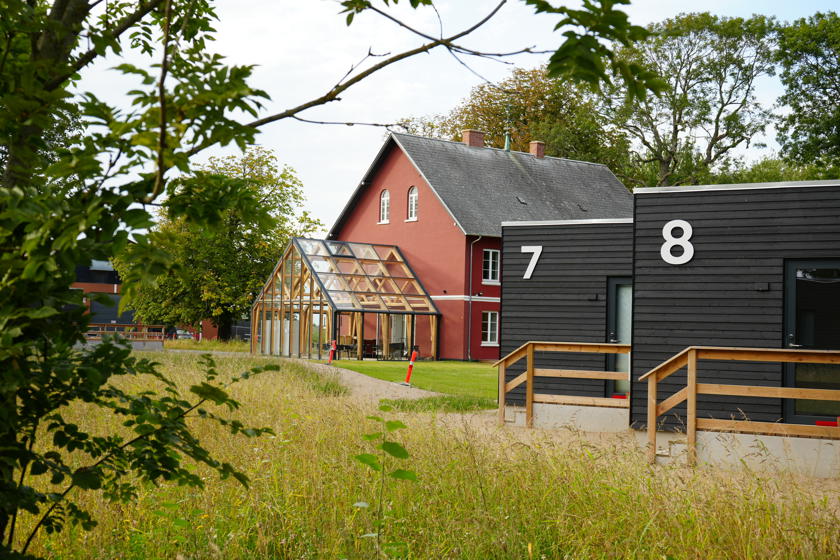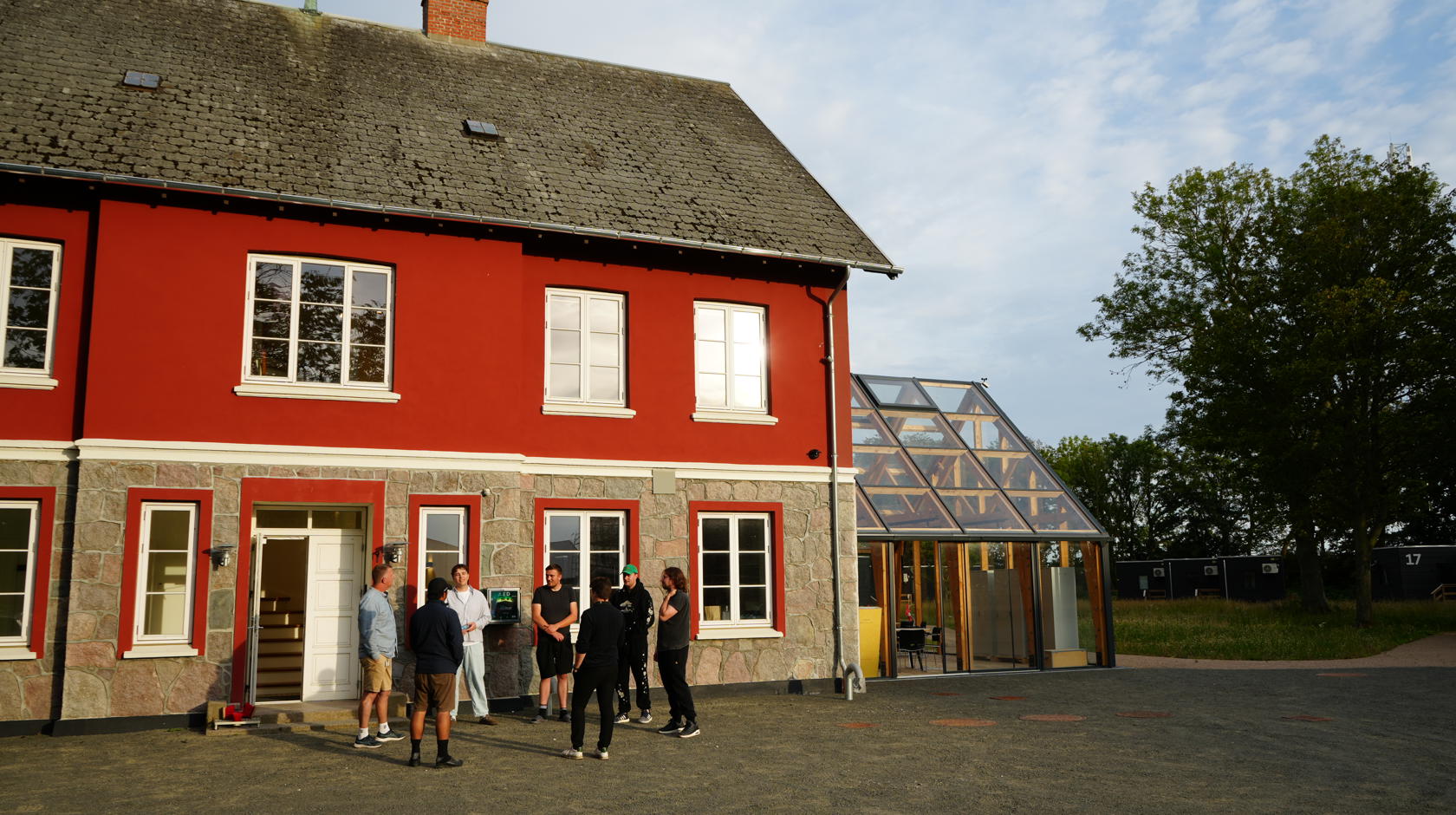Denmark’s largest training site for apprentices is located in Rødbyhavn. Here, hundreds of young people receive part of their training on the construction of the Fehmarnbelt tunnel.
But where will the skilled workforce of the future come from? This pressing question is being asked on construction sites across the country. The same concern applies to Sund & Bælt, which, as the client of some of Denmark's largest and most significant infrastructure projects, relies on a well-trained workforce to achieve its goals.
Think outside the box
Attracting the next generation to pursue education in the building trades takes more than just large construction projects. Clients must think outside the box.
This is the view of Emilie Juel-Helwig, Director of Sustainability at Sund & Bælt, which is behind the construction of the Fehmarnbelt tunnel to Germany. Sund & Bælt will be present when the official European championship for young skilled workers at EuroSkills takes place over three busy days in Herning.
"First and foremost, we need to demonstrate that this is a place where you can learn a trade and contribute to something meaningful," says Emilie Juel-Helwig. "It equips young people with skills that pave the way for an exciting career in construction. However, if we want more young people to choose this path, we as clients must also take responsibility for inspiring them in their educational choices."
As part of the Fehmarnbelt project, this challenge is being addressed through formal requirements in the major construction contracts, mandating the training of at least 500 apprentice man-years. To date, 358 apprentice man-years have been completed, meaning that more than half of the target has already been achieved.
In addition, the new viewing point “Pilen” was opened this spring. From a height of 24 metres, it offers visitors of all ages a unique opportunity to observe the tunnel construction up close at Rødbyhavn.
Housing for apprentices
As a unique initiative, the Fehmarnbelt project has established an attractive living and learning environment near the tunnel factory in Rødbyhavn, specifically designed for apprentices. The so-called Campus Femern offers 24 individual homes for apprentices who live far from home, along with shared facilities where they can gather and socialize during their free time.
"Campus Femern is a new initiative that we have high expectations for," says Emilie Juel-Helwig. "In addition to providing housing, Campus Femern creates opportunities for social interaction, which is something apprentices in the construction industry value and which can help reduce dropout rates during their training. The first apprentices, coming from all parts of the country, have already moved in, and their feedback has been very positive."
Responsibility rests with everyone
Another initiative is the development of “TunnelTalents”, an educational program designed for 6th and 7th-grade pupils. The programme challenges students to solve tasks related to the Fehmarnbelt tunnel, making learning engaging and hands-on. Since its launch in the summer of 2023, more than 200 school classes across the country have used the material.
"We see the construction of the Fehmarnbelt tunnel as an opportunity to inspire children and young people while sparking interest in large-scale construction projects," says Emilie Juel-Helwig. "That’s why we are committed to communicating these opportunities in a way that resonates with young people. However, we cannot achieve this alone. Strong collaboration between companies, clients, and educational institutions is essential if the construction trades are to thrive."
Sund & Bælt is an event partner at EuroSkills 2025. You can meet the Fehmarnbelt project in Hall M at the large education fair on 10-13 September in Herning, Denmark.

